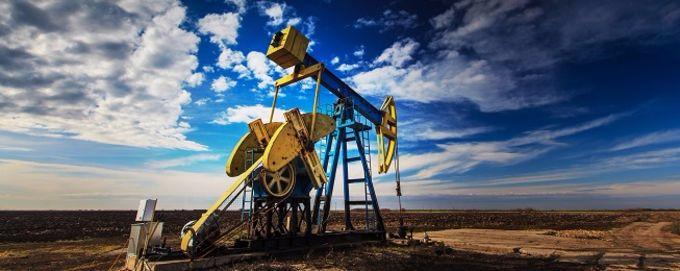
Fracturing a Better Future
Economics
What are the costs associated with hydraulic fracturing?
Initial costs of a well can vary based on the location and the company, but estimates are around $9 million dollars per well. That price includes the set-up costs, costs of leasing or buying land, equipment rentals, personnel salaries, other associated overhead costs, and costs of millions of gallons of water. The ongoing costs to keep a well running efficiently are estimated to be around $1-$3 million dollars a year. Smaller companies who might have the initial capital have to essentially borrow the money in order to do this, which is a problem if they fail as it puts strains on the banks that loan them the needed capital [5].
Estimated Costs of a well (set – up):
-
Land acquisition and leasing: $2.1 million
-
Permitting: $10,000
-
Vertical drilling: $663,000
-
Horizontal drilling: $1.2 million
-
Hydraulic fracturing: $2.5 million
-
Completion: $200,000 (closing/shutting down and capping well)
-
Production to gathering: $472,000 [9]
Economic Factors of LPG
Many operators have successfully recaptured the liquid petroleum gas (LPG) as it flows into the well with the formation hydrocarbons. This allows for the recycling of the LPG or the option to sell it in addition to the formation hydrocarbons [7].
To switch to LPG, companies would have to invest money into transportation trucks and new pressure equipment. However, fewer trucks would be needed compared to the requirements of hydraulic methods. No money would need to be spent on wastewater removal. Due to the elimination of these costs, it is believed that an operator’s expenses would decrease in the long run.
Due to water buildup around the well and in the reservoir rock, the time required to extract hydrocarbons in a water fractured well is greater than that of a non-hydraulically fractured well. As such, a lot of unnecessary money is spent on staff, leasing rights, equipment rental, etc. Also, due to the simplistic makeup of CO2/proppant mixture, a lot of time and money can be saved in comparison to water fracturing which requires careful calculation of the most effective mixture.
Cost Effectiveness of CO2 / N2 Fracturing Fluid
Often times we hear that non-hydraulic methods, such as the use of CO2 to fracture, are too expensive. Processes such as using 100% CO2 as a fracturing fluid may be optimized with the addition of nitrogen gas, leading to significant savings.
When 100% CO2 is used in the fracturing process, it provides various advantages such as the following:
-
The fracturing fluid is non-damaging to the formations
-
Fracture faces and proppant packs
-
Rapid, complete cleanup and quick return to production even in low permeability, water-sensitive, and under-pressured zones
-
Environmentally friendly with no fluid disposal problems
-
Based on field operations, the fluid characteristics of the N2/CO2 mixtures are similar to 100% liquid CO2. The post-fracture production of the two stimulation methods does not vary significantly.
Key Factors that contribute to the lower costs of the N2 CO2 treatments are:
-
Lower friction pressure of the fluid
-
Lower costs on equipment
-
Nitrogen gas being cheaper than CO2 on a volumetric basis
The nitrogen pumpers carry their own nitrogen gas, but CO2 pumpers are conventional fracture pumpers and do not carry liquid CO2. The liquid CO2 must be loaded into a CO2 storage unit prior to the treatment. When liquid CO2 is replaced by nitrogen, less liquid CO2 products are needed for the treatment and the time required to transport the liquid CO2 is reduced. The substitution of N2 for liquid CO2 in the system makes it logistically easier to perform multiple treatments per day and increase potential cost efficiencies.
Design parameters play a huge role in making the addition of N2 a cost effective process over pure CO2 fracturing. Such parameters include:
-
Depth. The savings will increase slightly as depth increases.
-
Fracture Pressure. As bottom hole fracture pressure increases, more nitrogen is required to maintain the nitrogen quality.
-
Injection Rate. For deeper wells, as injection rate goes up, the overall savings will increase.
-
Nitrogen Quality. As nitrogen quality increase, cost savings increase.
The depth of the wells, casing conditions and well configurations dictates how fracture treatments are conducted, for shallow wells (less than 1500 meters) the fracture treatment is normally pumped down casing. For deeper wells, the treatment is pumped down 88.9mm fracturing string with packer, which achieves more savings using N2/CO2 treatment where friction pressure is much lower than a 100% liquid CO2 treatment and a substantial savings in the power cost occurs. Smaller tubular sizes will benefit from the N2/CO2 process because friction pressure will play an important role in determining the power costs [10].